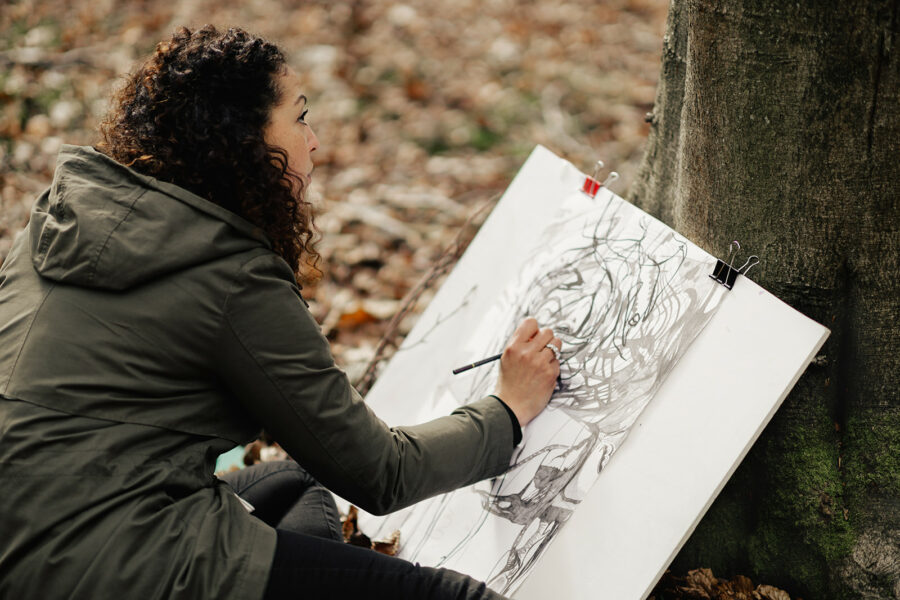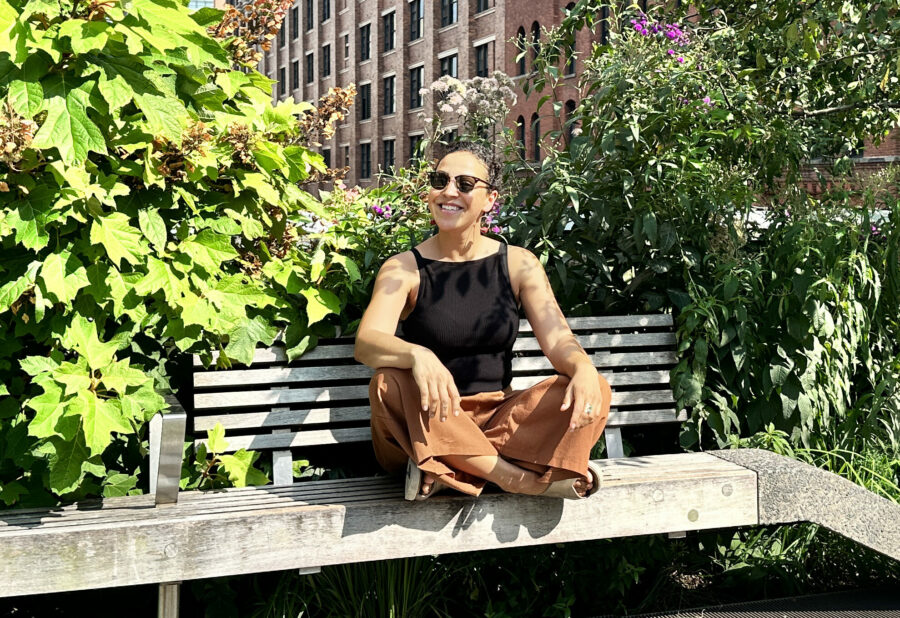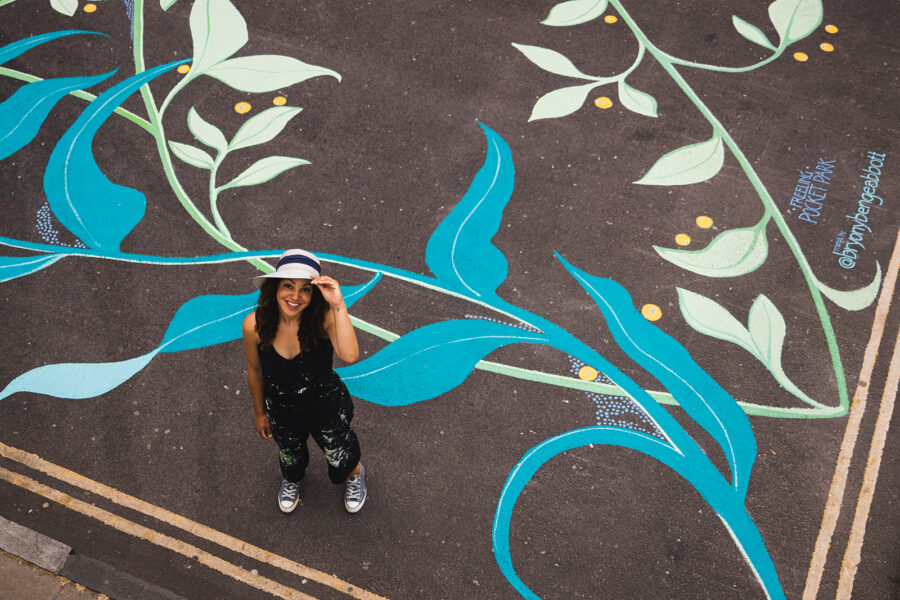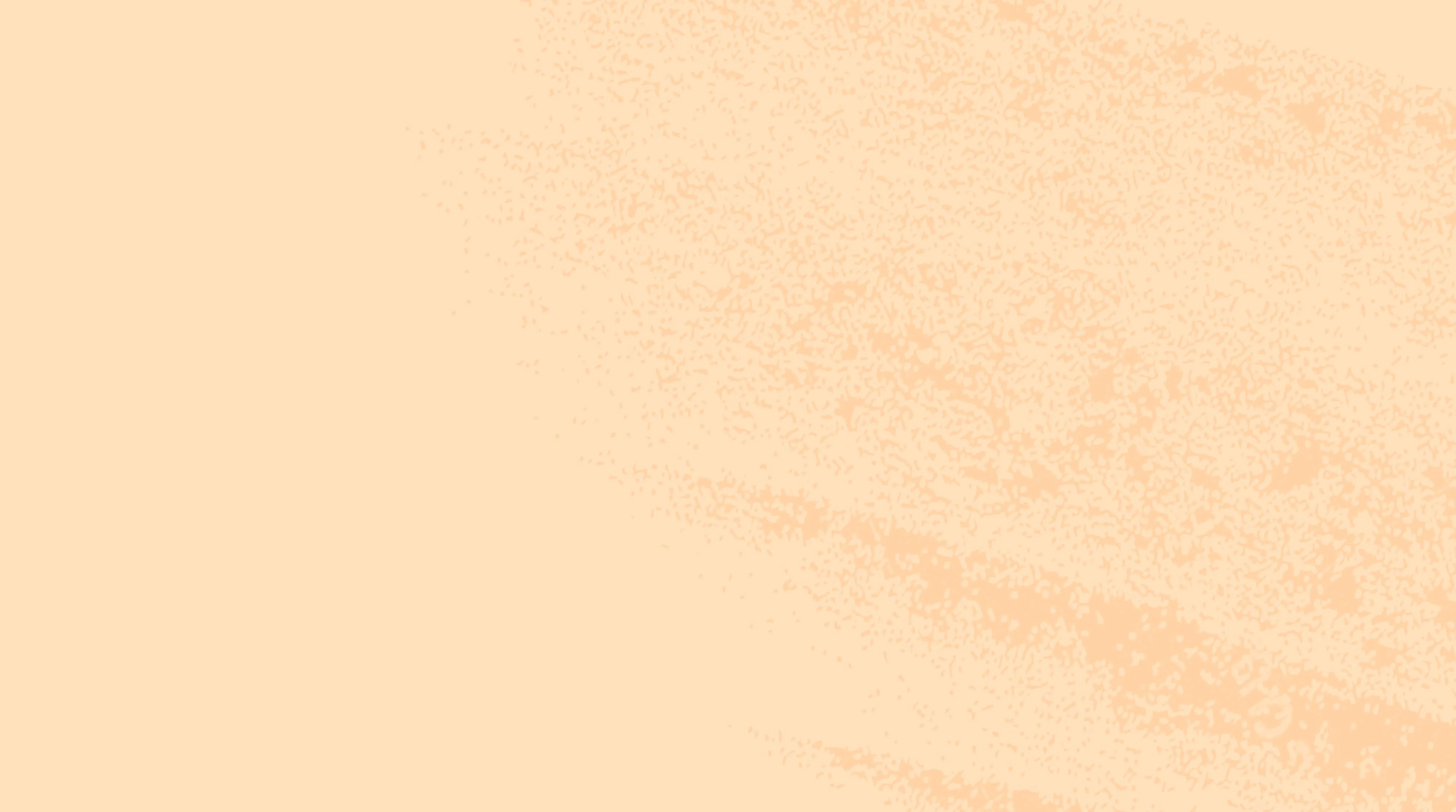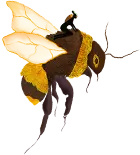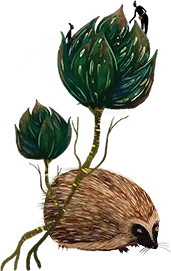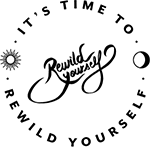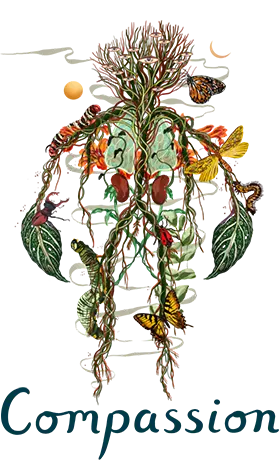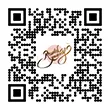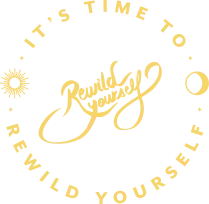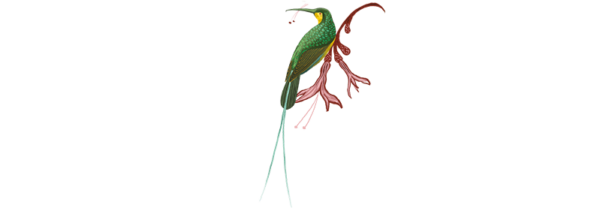



Rewild Yourself Champion 2025 /
Bryony Ella
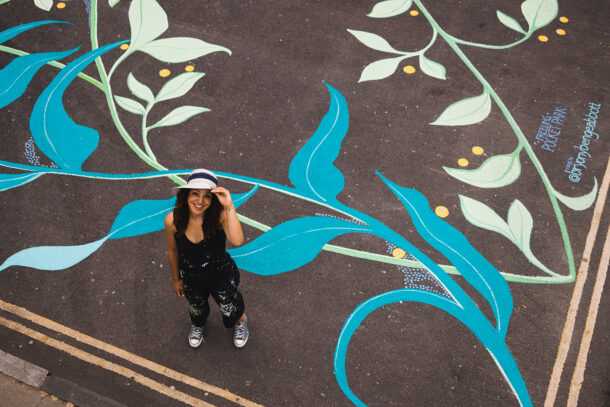

Bryony Ella is a British Trinidadian interdisciplinary artist with a background working in social history museums and contemporary science research institutes within the area of public engagement. She wears many different hats through her art, having started out as a painter, her artwork now manifests as films, performance, installations, and ‘wild drawing’ walks, often created through collaboration with researchers and academics.
Her creative practice focuses on understanding the self as Nature, belonging to it and shifting the power dynamics of how we culturally perceive human-Nature relationships. We selected Bryony because, beyond finding her work deeply captivating and inspiring, her emphasis on promoting a sense of belonging and community when it comes to Nature in a unique manner where science and research meets art, was right down our alley and something we’d love to celebrate and continue learning from.
How does time in Nature, and feeling connected to Nature, help you personally?
“I think of Nature as my home. Time spent there gifts me the sense of feeling alive, which I find I particularly need when I’m living in or spending a lot of time indoors or in cities. I need to build in moments to connect with Nature (on any scale) to enliven and revitalise myself. Contact with Nature is so important in helping me process the various things that are going on in my life; following the patterns and the cycles of different natural phenomena, including but not limited to seasonal change, is a kind of sense-making touch point for me.”
What advice do you have for people looking for a better connection with Nature?
“I’ll probably lean into wild drawing for this answer – it’s a practice that I’ve developed to fight off the very common refrain of ‘I can’t draw’. Anyone can do wild drawing because, first of all, no one needs to see the drawings. And that’s one of my rules. Secondly, it’s messy. It’s meant to be experimental. It’s not about creating something beautiful but observing the natural world and depicting it accurately from what you’ve observed. It’s supposed to be playful. I would really encourage people to pick up, it doesn’t need to be pencil, it can be whatever you have, and just spend some time with the closest natural thing. For example, during lockdown, I did some wild drawing sessions with houseplants. It doesn’t need to be going out on a long hike. But it’s the way you approach it. The drawing practice I suggest is going with our bodies rather than with our ego and minds. So sometimes we are drawing with sight, of course, but other times it’s touch, it’s sound, it’s smell, it’s even taste.
Just notice the tiny details around you, when you start to look at the patterns and the intricacies and connect with that kind of childlike memory of the magic of the natural world; these kind of worlds within worlds within worlds and look at the kind of sculptural details and the different colours and textures and hues and different movements. Just give it a little bit of time and perhaps if we have a tool such as a pencil or a camera that helps us feel like we’re doing something we can connect deeper.”
What changes would you like to see to help more people access Nature and build positive, nurturing relationships with it?
“For a cultural shift, I’m really focusing on my work on the concept of humans as humus. It’s with respect for people’s individual spiritual beliefs about our afterlife. But it’s the biochemical reality in understanding ourselves as land, as returning to the land. And I think if it was ever possible to shift it so that it was more of a commonplace part of our society, our culture, and the way that we talk about nature and ourselves and our relationship to it. I think that might have quite a change collectively in how we are treating the natural world now.
If we had that kind of embodied clarity of ourselves as land, would we be polluting it as much? Would we be extracting it as much? So the cultural shift that I want to develop in my work is in trying to blur the lines of where we stop and Nature starts, that would be my biggest hope, one which I’m trying to push forward with what I do.”
Find out more about Bryony and her work:
Bryony’s Instagram
Bryony’s Linkedin
Bryony’s Substack
Bryony’s Website
